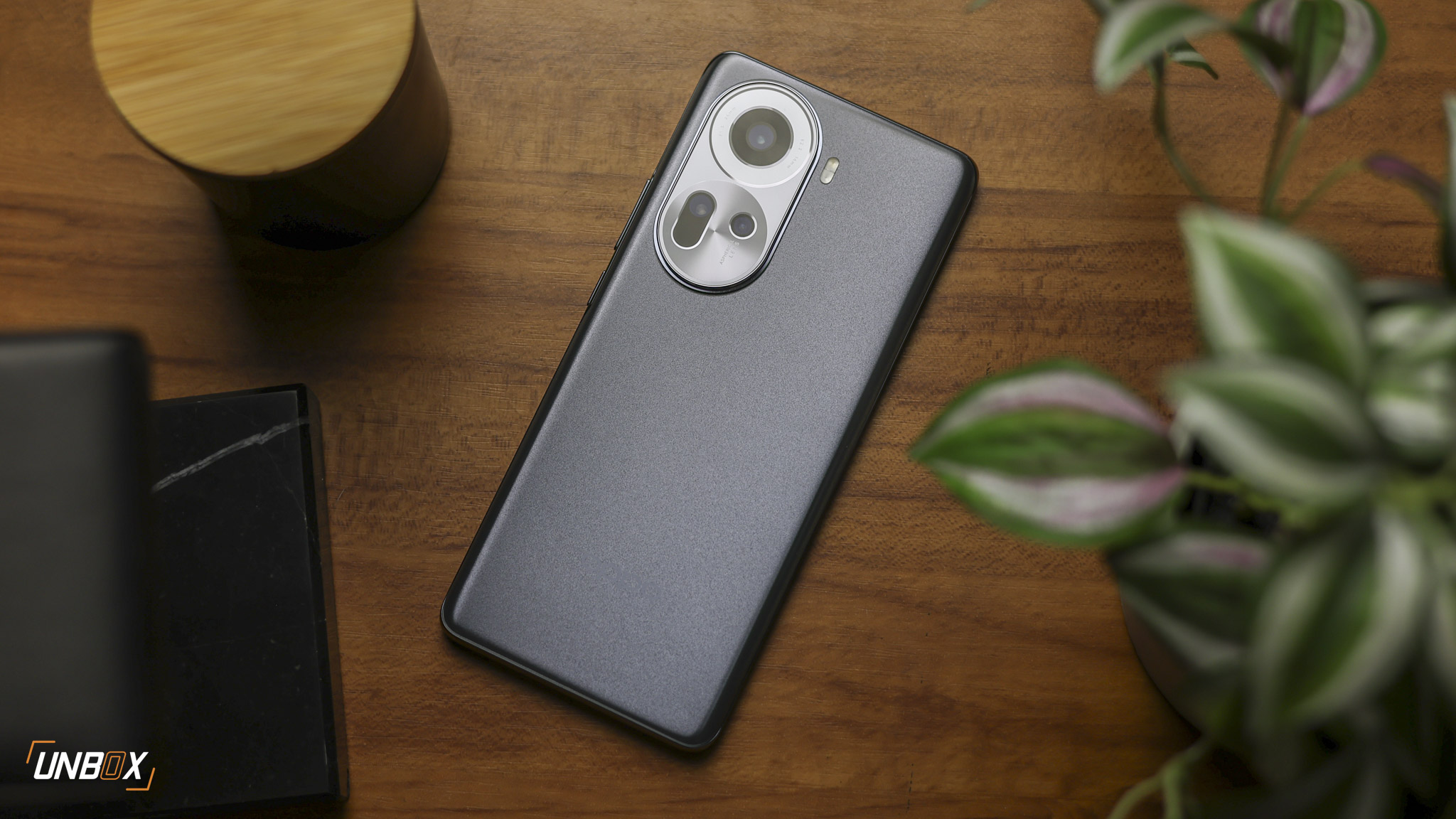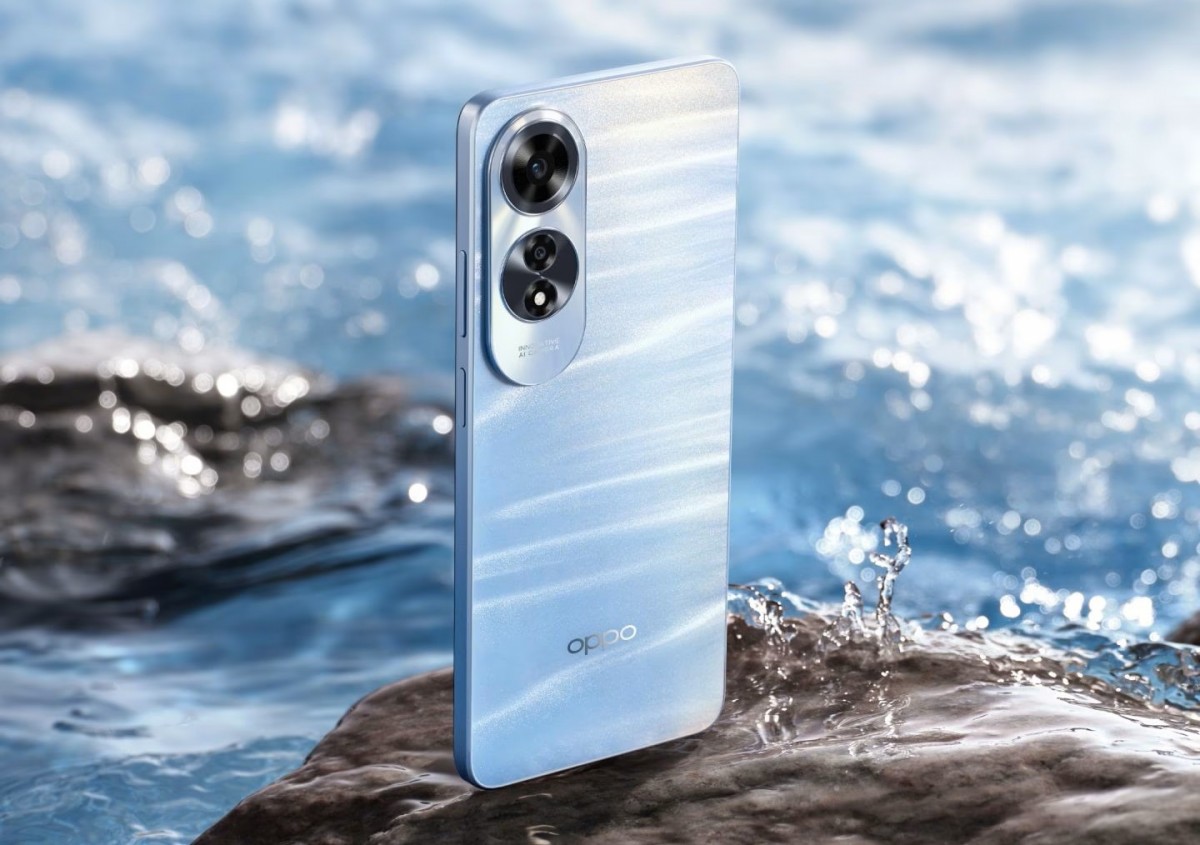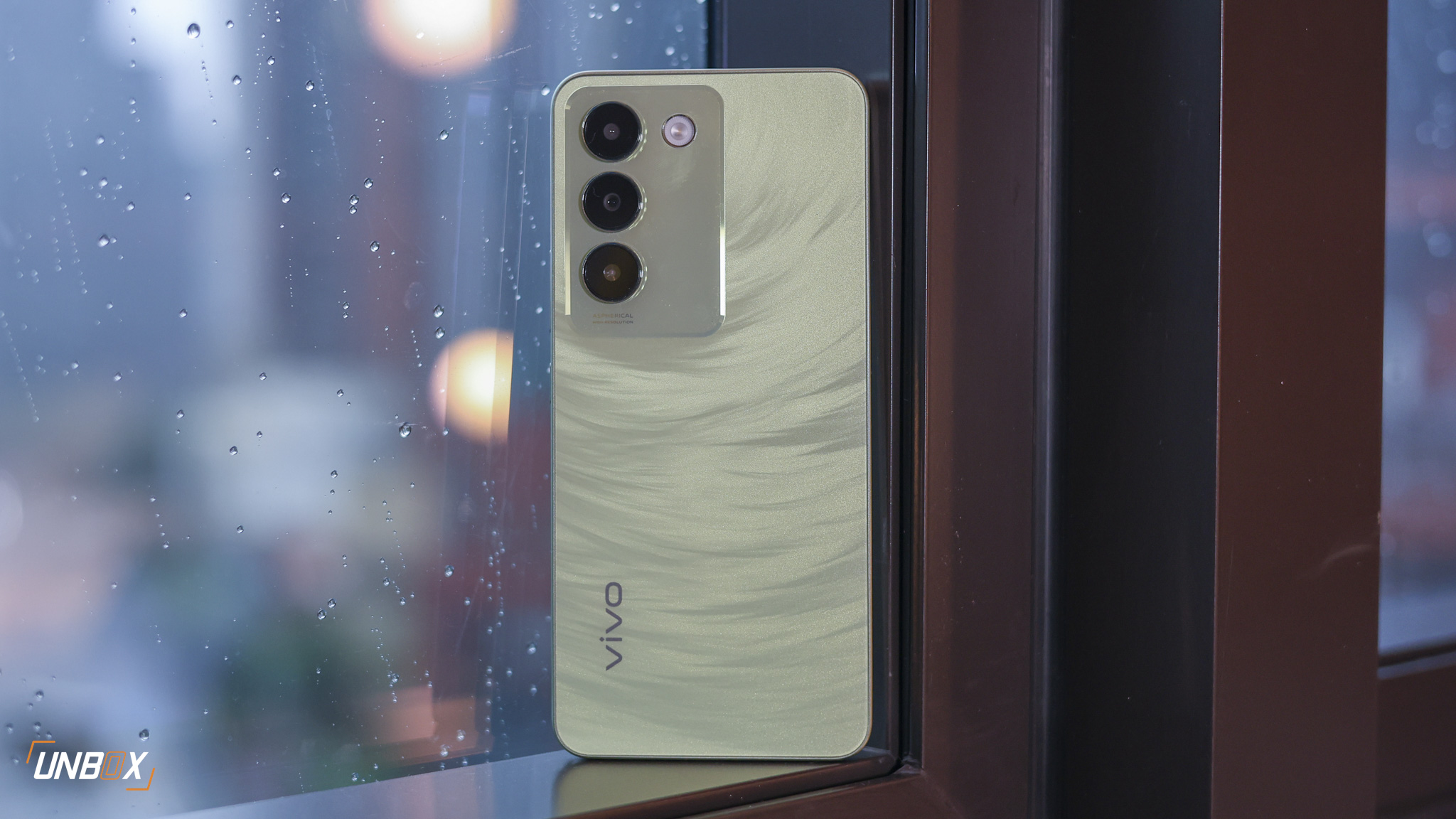
We review the HTC U Play!
HTC is coming to the Philippines, and they’re returning with a ton of new phones. Aside from the flagship U Ultra and U11, the Taiwanese company will also be hawking their mid-range offering, the U Play. This phone may be a mid-range device, but its lovely exterior and excellent camera performance makes it feel more like a flagship, though we can’t really drop a recommendation for it yet since HTC hasn’t revealed pricing for it.
HTC U Play
- Mediatek MT6755 Helio P10 processor
- 3GB/4GB RAM
- 5.2-inch full HD display, Corning Gorilla Glass protection, 1920 x 1080 resolution
- 32GB/64GB of storage, expandable via microSD
- 16-megapixel rear camera, f/2.0 aperture, OIS, PDAF, dual LED flash
- 16-megapixel front camera, f/2.0 aperture
- Dual SIM
- 3G, LTE
- WiFi, Bluetooth, GPS, A-GPS, Fingerprint sensor, USB Type-C connector
- Android Marshmallow
- 2500mAh battery

Just a beautiful phone, any way you look at it
HTC’s made a name for themselves in the past by outing phones with beautifully crafted aluminum unibodies, but this year the Taiwanese company has gone a different route. Just like most other top-tier manufacturer before them, HTC has gone with a combination of metal and glass for their flagship and mid-range phones.

Metal-framed, glass-backed phones are a dime a dozen these days, but what sets HTC apart is the use of their Liquid Surface treatment on their phones. Both the U Ultra and U11 get this new surface treatment, which essentially gives the devices color variations depending on how light hits them. It’s a subtle effect, but one that’s extremely eye-catching especially out in daylight.
But while the phone has Gorilla Glass protection on the rear in the hope to keep that finish pristine, the sad truth is that it’s probably going to get scratched sooner or later if you keep the phone naked like that. HTC does provide a semi-transparent case on it, though it robs the phone of that striking coloration while its on it.

The frame is metal, and the join between the curved back and the metal sides are near flawless. There’s a slight curve on both sides of the phone for better ergonomics.

The 16-megapixel camera dominates the rear, though we’re slightly annoyed that it just out a few mm from the back. The protrusion isn’t as bad as the one in the U Ultra, though you’ll have to be mindful where you put the phone down when you’re using it without the case. The power button and volume rocker is on the right, the microSD/SIM slot on the left, and the USB Type-C port and speaker grill on the bottom. Just like the U Ultra the U Play doesn’t have a 3.5mm jack, which means you’ll have to turn to the included USB headphones or Bluetooth solutions if you want to listen to your music.

Up front is the 5.2-inch full HD IPS display and the 16-megapixel front camera. The fingerprint scanner is up front as well, and is flanked by the two Android navigation keys.
As for the display itself, it’s pretty good, with excellent color reproduction, vivid colors and good saturation all around.

Lacks oomph in the hardware department
Despite how the U Play looks, under the hood is hardware that you’d find on most lower mid-range phones: MediaTek’s Helio P10 processor, along with 4GB of RAM and 64GB of storage. Now the P10 isn’t a bad processor, in a certain price range – despite early teething problems the P10 manages to chug along just fine in other devices as long as you remember that it’s not the best choice when it comes to hardware intensive tasks, like playing graphically intense games.
Unfortunately, buyers of the U Play will probably think that the phone has the hardware to match its beautiful exterior. Multi-tasking takes a hit sometimes when the phone’s memory hasn’t been cleared in a while, or if the battery dips down 20% and the phone kicks to power saving mode.
The speaker on the phone is plenty loud, and just like the U Ultra the phone automatically tunes the sound that hits the USB Type-C headphones depending on the noise levels in the environment for the best results.
We found that the U Play has noticeably lower performance when it comes to acquiring and holding onto LTE signals compared to the Snapdragon-equipped phones we’re used to. Areas where we enjoyed 4G LTE sometimes stayed in 3G, and it takes a few seconds for the GPS to properly lock onto our location. It’s the pitfalls that comes with the chipset, unfortunately.
Just like the U Ultra, the U Play comes with very few software pre-installed (bloatware) though unfortunately our review unit is still stuck in Android Marshmallow.

Camera that we’d trust any day
The U Play sports a single 16-megapixel rear camera, with an f/2.0 aperture, OIS, PDAF and dual LED flash. The camera app is easy and pleasant to use, and even sports a comprehensive manual mode that allows you to shoot in RAW if you needed to. For this review though we stuck with auto for the pictures seen below.
Long story short: the camera is pretty impressive. It’s capable of capturing plenty of detail when there’s enough light around, though sometimes the AF takes a while before it completely locks onto our desired subject. Low-light performance isn’t too bad either, considering the f/2.0 aperture. The ability to shoot in RAW when you need to is just cherry on top. Video capture tops out at full HD, unfortunately.

Battery life is disappointing
With a dinky 2500mAh battery, we had a feeling that the U Play wouldn’t last long in our battery endurance test via PCMarks’ battery benchmark. Surprisingly the phone managed to score 7 hours and 34 minutes on a single charge. Starting at around 9 AM, we found that the U Play was at its last legs around 6-7 PM, which means you might want to keep a power bank handy when you’re using it if you tend to have a nightcap in the evening.

Verdict: a pretty face with a great camera, though it lacks battery endurance
HTC’s U Play is one of the nicest looking mid-range phones we’ve ever tested. There’s really something to be said about the Liquid Surface treatment that HTC puts on their new smartphones that makes them stand out from the sea of similarly built metal-frame and glass-backed phones.
The camera is also surprisingly good, though its mediocre battery life and Helio P10 processor may leave you wanting something more. But if you’re looking for a different kind of mid-range device, the HTC U Play might be worth a look. We still don’t know how much the phone will retail for though – we’ll update this verdict with our final recommendation once its local price becomes official.














